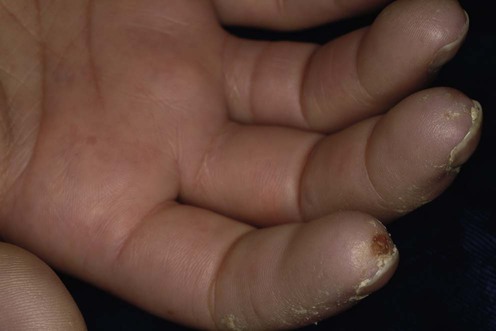Sameh S. Zaghloul, Najat A.Y. Marraiki and Mark J.D. Goodfield
Scleroderma

Specific investigations
First-line therapies
Scleroderma

Sameh S. Zaghloul, Najat A.Y. Marraiki and Mark J.D. Goodfield
Scleroderma

Specific investigations
First-line therapies
